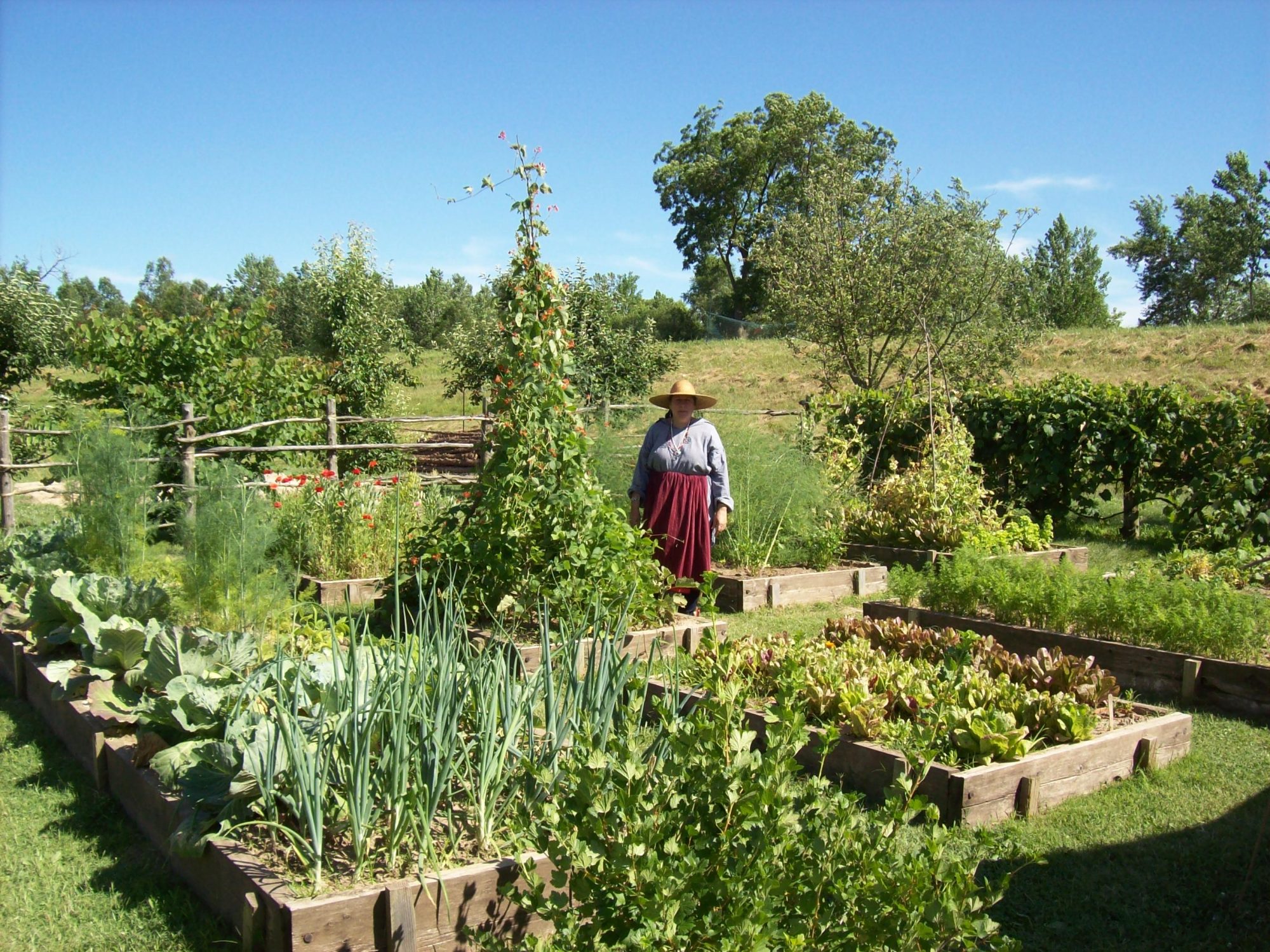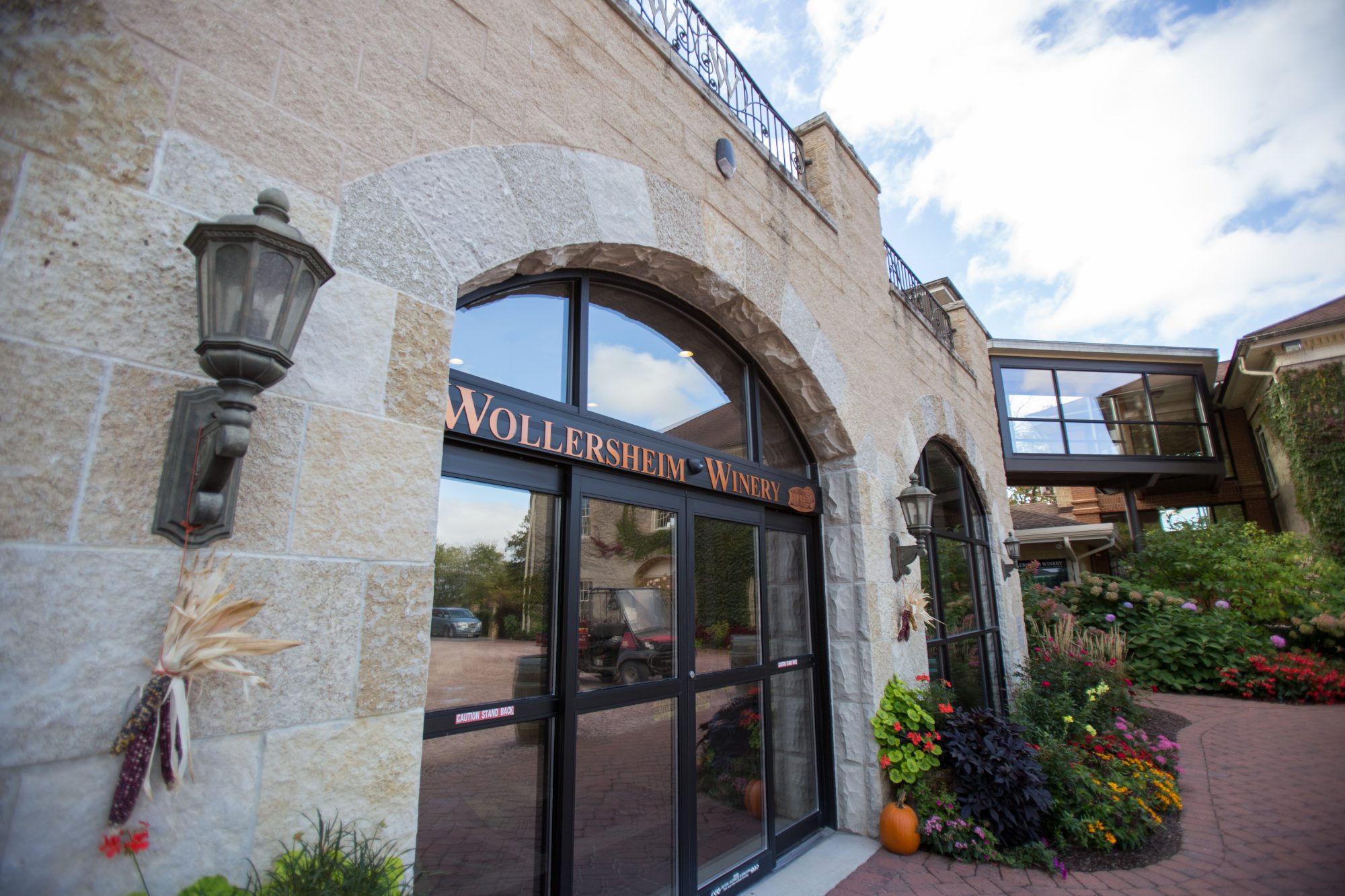
Some may be shocked to find out that back in the 18th century– even prior to the British, Norwegians and Germans– the French were the very first Europeans to settle in the Midwest. Today, visitors can explore this heritage, including the intricacies and legacy of the French-Native American relationship, through living-history villages, brought back forts and small-town Main Streets. Particularly in summer season and fall, with colorful celebrations and costumed historic reenactments, there’s plenty to discover for households and history buffs alike.
This summer marks the 350th anniversary of Father Jacques Marquette and fur trader Louis Jolliet’s birchbark canoe expedition in 1673, when they took a trip through the Great Lakes to the Mississippi River, opening the northern reaches of the fantastic waterway to Europeans for the first time. Numerous Midwestern river towns are preparing to honor this historical trip in 2023.
Fort de Chartres, Illinois
While the English had a hard time to construct a practical colony in Virginia, the French were establishing their existence on the Mississippi near Prairie du Rocher, at the southernmost idea of what is now Illinois. Today, the massive stone Fort de Chartres, on a site established in 1720, incorporates six structures, consisting of a sturdy powder magazine that may be the earliest structure in the state. Every weekend in season, at least one costumed interpreter is on hand to spin rousing tales of the fort’s history. Our preferred spot is the potager, or cooking area garden, sprouting produce that the French colonists would have cultivated in 18th-century Illinois. There’s also a little museum, historical Catholic chapel, and even a modern-day trading post in the close-by Prairie du Rocher French Colonial District.
Don’t Miss
. Plan your see when Les Amis du Fort de Chartres, a volunteer group, bring the past to life with occasions like the Fort de Chartres Rendezvous in June, the French and Indian War Winter Encampment in February, Kids Days in May, the French and Indian War Assemblage in September, and French Colonial Crafts and Trades in October.
Do More.
For a European feel, head to The Pour Vineyard, about 10 miles from Fort de Chartres, set among rolling hills on a Centennial household farm near Red Bud, Illinois.
Trip aficionados will wish to get on the Kaskaskia-Cahokia Trail– an overland route utilized by the Indigenous American individuals for centuries– to explore more websites connected to native cultures and French colonial roots in Southern Illinois.
Fort St. Joseph, Michigan.
Fort St. Joseph was built in southwest Michigan in 1691, it stayed concealed until 1998– when a team of archeologists from Western Michigan University revealed the long-lost website. This year, the 17th-century French mission, fort and fur trading post complex will commemorate 25 years of continuous historical digs aimed at excavating, analyzing and preserving the remains of the fort.
Do not Miss
. Get your hands dirty during the Fort St. Joseph Archaeology Open House on August 5-6. See historic reenactors, view colonial artifacts, and satisfy trainee archaeologists throughout this yearly occasion.
Do More.
Displaying trade silver, musket parts, glass beads, buttons, gunflints, knife blades and more, the Fort St. Joseph Museum catches the attention of most any budding Indiana Jones. It’s in downtown Niles, simply north of the fort. You’ll find stores and cafes to check out also in The Niles Downtown Historic District, where the earliest brick structures date to the 1850s and 1860s.
Ste. Geneviève, Missouri.
Established by 1750, it keeps much of the feel of its French Colonial past. For a deep dive into the past– plus activities and events like rope-making, gunsmithing and more– check out the Centre for French Colonial Life Museum Campus, with its attentively curated exhibits and restored historical houses, consisting of the Bolduc House, acknowledged as the one of the finest example of French architecture from the age.
Do not Miss
. The yearly L’Ecole du Soldat (School of the Soldier) in April, when costumed re-enactors bring French colonial history to life with family-friendly activities consisting of children’s games, colonial period arts-and-crafts demonstrations, parades, and auctions of collectibles, plus “frog talks” where amateur historians cover a range of period subjects.
Do More.
Gourmets (and gourmands) will like Ste. Geneviève. Stop at family-owned Pat’s Pastries and Home Cooking Café for lunch or treats. At Anvil Saloon and Restaurant on the town square, the bar originates from a steamboat that plied the Mississippi up until the 1950s, the onion rings are legendary, and locals are understood to share their tales of the past. On historic Main Street, fuel up at Stella and Me in an old storefront, or get a cuppa joe at Common Grounds.
Grassy field du Chien, Wisconsin.
St. Feriole Island, website of the earliest Euro-American settlement on the Upper Mississippi, was when the center for the area’s growing 17th-century fur trade in between the French and Native Americans. Examine the schedule for popular occasions like the Breakfast in the Kitchen cooking workshop in the authentically brought back 19th-century kitchen.
Do not Miss
. Meadow du Chien’s documented history dates to June 17, 1673, when Father Marquette and fur trader Jolliet, after a month’s paddling through the Great Lakes to the Wisconsin River, went into the Mississippi at a key confluence near what would become Prairie du Chien. This summertime, the town will host a weekend event celebrating the 350th anniversary of that journey.
Do More.
Maiden Voyage Tours, among the last family-owned trip boats on the Mississippi, is docked just across the bridge from Prairie du Chien in Marquette, Iowa. Climb up aboard the 49-seat cruiser for off-the-beaten-path trips of waters and streams that the early explorers faced.
French Icarian Colony, Iowa.
While Iowa’s busy Mississippi River towns like Dubuque get attention for their renown throughout the duration when Iowa became part of the French Louisiana Territories from 1762 to 1802, very few understand that the French likewise constructed a communal farming neighborhood in the mid-1800s based upon the perfects of liberté, egalité, and fraternité near the tiny western Iowa village of Corning in Adams County, an hour southwest of Des Moines.
Don’t Miss
. The remote 34-acre restoration website unfolds like a mirage after the 10-minute drive down a gravel roadway from Corning. Atop a windswept ridge above the Nodaway River valley, birdsong and cricket chirps fill the air at the French Icarian Colony. Descendants of pioneers who traveled from France to form the longest-lived non-religious common experiment in American history (1848 to 1898) still handle the website, so plan ahead for your go to. The hand-hewn refractory and restored one-room school house whisper of the hard work and values of French pioneers. Take a picnic and relax awhile to take in the countryside views.
Do More.
In town, join foodies from Omaha and Des Moines who drive in for dinner at Primrose– the destination restaurant owned by regional Jill Fulton and her chef-husband Joel Mahr. From the James Beard House in New York City to his partner’s home town, this chef never recalled. And why would he? He’s living his dream at Primrose– in a century-old building on Corning’s Main Street– making magic from fruit and vegetables sourced from Jill’s family farm 20 minutes away plus beef, lamb, and chicken from local purveyors. And Jill makes a few of the best mixed drinks between Des Moines and Kansas City.
Banquet of the Hunters’ Moon, Indiana.
The occasion– one of the largest of its kind in the country– honors the yearly gathering of French and Native Americans that took place at Indiana’s Fort Ouiatenon, developed in 1717 on the banks of the Wabash River. Regulars love the rousing opening and closing events, the arrival of the historical voyageur trading canoes, lacrosse matches, Native American dancing, cannon-firing presentations, tomahawk-throwing competitors, and fife and drum corps efficiencies.
The French fur traders are long gone, many Native American families and tribes participate in the occasion each year to share their heritage, languages and modern-day cultures. And, in keeping with its name, the Feast would not live up to its track record without the occasion’s famous buffalo burgers and bunny stew.
Do More.
A three-hour drive south of Fort Ouiatenon, French-speaking emigrants from Switzerland settled the rolling farmland around small-town Vevay, where the Musée de Venoge is one of the couple of remaining examples of the French colonial architecture that characterized the first settlement.
Grand Portage National Monument, Minnesota.
On the north coast of Lake Superior, Grand Portage National Monument, on the tribal lands of the Grand Portage Band of Lake Superior Chippewa/Ojibwe (Anishinaabe) individuals, has actually been a hub of intercontinental waterway trade considering that ancient times. Today, volunteers and park staff in period outfit are on hand in the brought back 18th-century trading post that includes a stockade, great hall, 18th-century kitchen area and canoe warehouse. There’s also an Ojibwe village and voyageur (French trader) encampment in and around the stockade.
Don’t Miss
. During the 2nd weekend of August, the park hosts a rendezvous occasion celebrating the yearly gathering of the late 18th- and early 19th- centuries, where as much as 1,200 people would assemble to exchange items for furs, discuss business, rekindle relationships, and mingle prior to leaving for a prolonged season of isolation in remote interior stations. Rendezvous weekend features a full slate of activities, plus full-size reproduction birchbark canoes on display screen in the warehouse and more than 250 costumed re-enactors sharing their love of history.
Do More.
To get a fuller gratitude for the park, trek an area of the Grand Portage Trail. You’ll be walking in the footsteps of those who have actually traversed this area for millennia. Or visit Grand Portage State Park, near the Canadian border on the Pigeon River. There, you can hike a half-mile completely available trail to 120-foot-tall High Falls, the greatest waterfall in Minnesota.



